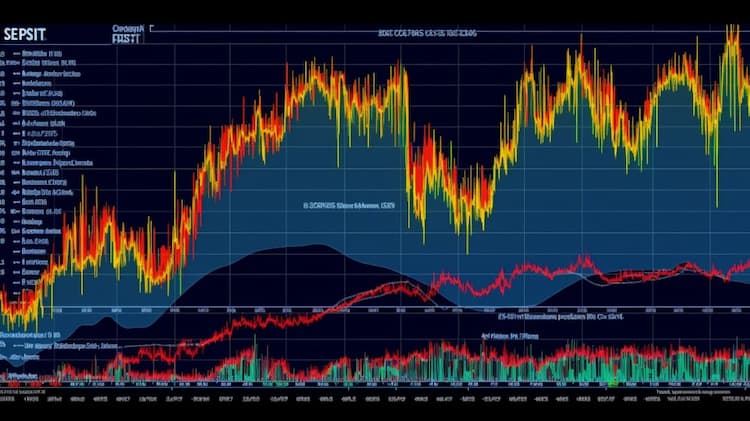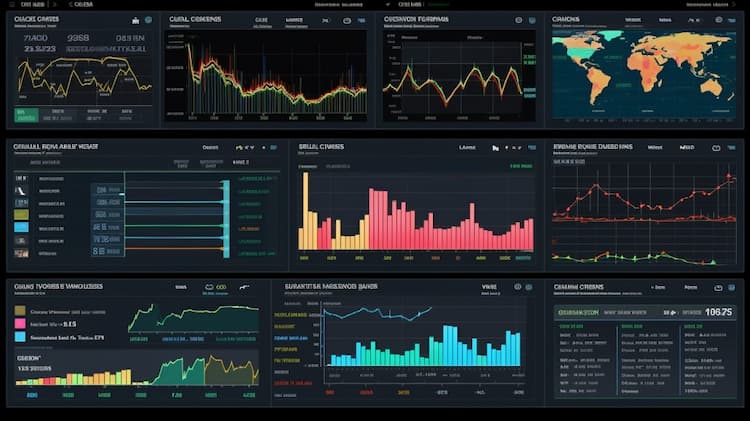
VNQ VS REET
Exchange-Traded Funds (ETFs) have become a cornerstone of modern investment portfolios, offering investors a convenient way to gain exposure to diverse sectors and asset classes. In this article, we will conduct an in-depth comparison of two prominent real estate ETFs: VNQ (Vanguard Real Estate ETF) and REET (iShares Global REIT ETF). We will explore various critical aspects of these ETFs, including their tickers, full names, issuers, sectors, top holdings, capitalization, investment strategies, tracking methods, and exposure.
VNQ Vs REET: Overview
VNQ and REET represent two distinct approaches to real estate investment. VNQ is specifically designed to track the performance of U.S. real estate investment trusts (REITs), while REET aims to provide global exposure to the real estate sector, encompassing both domestic and international REITs. Understanding their contrasting focuses and market coverage is essential for investors seeking real estate exposure.
VNQ Vs REET: Sectors and Top Holdings
The composition of VNQ and REET varies significantly due to their different geographic scopes. VNQ primarily includes holdings in U.S. REITs focused on various segments such as residential, commercial, and industrial real estate. On the other hand, REET provides exposure to a broader array of global REITs, including those in developed and emerging markets. Recognizing these distinctions helps investors align their portfolios with their geographical preferences and risk appetite.
 VNQ overlap VNQ VS REET
VNQ overlap VNQ VS REET
VNQ Vs REET: Capitalization and Investment Strategy
VNQ boasts a substantial asset under management (AUM), reflecting its popularity among investors seeking exposure to the U.S. real estate market. Its investment strategy revolves around providing comprehensive coverage of U.S. REITs' performance. In contrast, REET offers a diversified approach, including REITs from various countries and regions. The difference in capitalization and investment strategy contributes to potential differences in risk and return profiles.
VNQ Vs REET: Tracking and Exposure
VNQ tracks the performance of the MSCI US REIT Index, providing investors with exposure to the U.S. real estate market's ups and downs. REET, on the other hand, follows the FTSE EPRA/NAREIT Global REIT Index, offering broader exposure to the global real estate market. The tracking methodologies reflect the ETFs' respective mandates, enabling investors to choose between a narrower or more diversified approach.
Conclusion
VNQ and REET offer distinct avenues for investors to access the real estate sector, catering to different geographical preferences and investment strategies. For those seeking deeper insights into holdings, correlations, overlaps, and other crucial aspects of these ETFs, ETF Insider provides an invaluable tool. With its user-friendly app, investors can gain a comprehensive understanding of VNQ, REET, and a myriad of other financial instruments, aiding them in making well-informed investment decisions.
Disclaimer: This article is intended for informational purposes only and does not provide any investment advisory services.
Sources:
REET quote and analysis
Discover the top holdings, correlations, and overlaps of ETFs using our visualization tool.
Our app allows you to build and track your portfolio.
To learn more about the REET iShares Global REIT ETF, access our dedicated page now.
FAQ
Why is VNQ better than REET?
VNQ may be considered better than REET for some investors due to its specific focus, offering diversification.
Does REET beat VNQ?
REET's performance relative to VNQ will vary over time, depending on market conditions.
Should I invest in VNQ or REET?
The choice between VNQ and REET should align with your investment goals, risk tolerance, and desired exposure.
Are VNQ and REET good investments?
Both VNQ and REET can be suitable investments depending on individual investment strategies, goals, and risk profiles.
What is the correlation between VNQ and REET?
The correlation between VNQ and REET can vary over time, reflecting differences in performance.







































